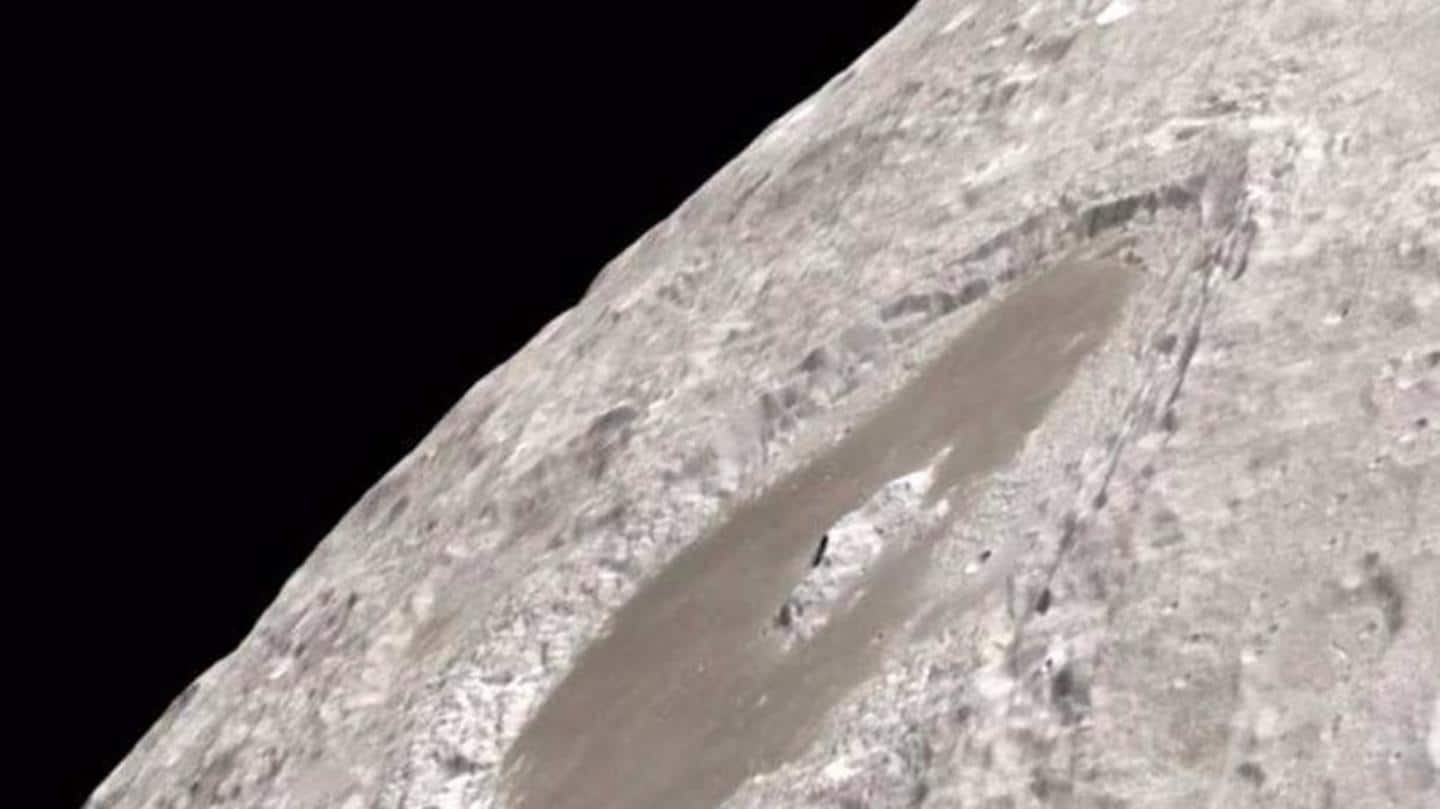
Major breakthrough: NASA finds water on moon's sunlit surface
What's the story
While there have been signs of water being present on the moon, NASA's new findings suggest the lunar water isn't just restricted to shadowy areas of Earth's only natural satellite.
Scientists have now discovered water on even the sunlit areas of the moon, giving a major boost to NASA's plan of establishing a lunar base.
Water molecules were detected in the moon's Southern Hemisphere.
Beginning
Earlier, moon was assumed to be a dry celestial body
For decades, the moon was thought to be dry, until, in the 1990s, orbiting spacecraft found ice on its inaccessible areas.
Then in 2009, India's Chandrayaan-1 spacecraft recorded signatures of possible water components on the moon.
But it was impossible to say if it was indeed water (H2O) or hydroxyl (OH), which consists of one hydrogen and one oxygen atom each.
Details
Now, NASA's SOFIA has found water molecules on moon
Taking giants steps ahead from what was known to mankind until now, NASA has discovered water molecules on the lunar surface.
The US space agency's Stratospheric Observatory for Infrared Astronomy, or SOFIA, which is a modified Boeing 747 capable of carrying a large telescope at an altitude of 45,000 feet, aided the research.
Thanks to these heights, scientists got a clearer view of space.
Camera
Infrared camera was used to distinguish between water and OH
SOFIA discovered the water molecules in the Clavius crater, which is located on the moon's Southern Hemisphere.
A special infrared camera was used to tell water's specific wavelength of 6.1 microns from OH.
The team at NASA's Goddard Space Flight Center in Maryland, led by Casey Honniball, believes that either lunar glass or grains on the surface store these water molecules.
Quote
Molecules are so far that they don't form ice, liquid
"A lot of people think that the detection I've made is water ice, which is not true. It's just the water molecules - because they are so spread out they don't interact with each other to form water ice or even liquid water," Honniball said.
Future
This water could be used for breathable oxygen, rocket fuel
Explaining the ramifications of these findings, Honniball said if abundant water is found in certain locations, it could be used for human exploration. "It could be used as drinking water, breathable oxygen, and rocket fuel," she said.
However, NASA Administrator Jim Bridenstine didn't say if this water could be used as a resource.
He added this breakthrough would definitely boost NASA's moon exploration plans.
Study
Another study found micro-craters could be cradling water ice
Separately, a second study led by planetary scientist Paul Hayne of the University of Colorado, concluded that each of the billions of moon's micro-craters could be nestling a small amount of water ice.
"Each of these tiny shadows — most of them smaller than a coin — would be extremely cold, and most of them cold enough to harbor ice," said Hayne.
Hopes
NASA hopes ice could one day supply drinking water
Hayne said this means that water is more widespread on the moon than previously thought. He also hopes that these billions of cold traps answer pertinent questions about how the moon, and the Earth, got its water.
Moreover, these craters could turn into a potential source of water for astronauts. NASA is hoping that the ice could provide drinking water some day.